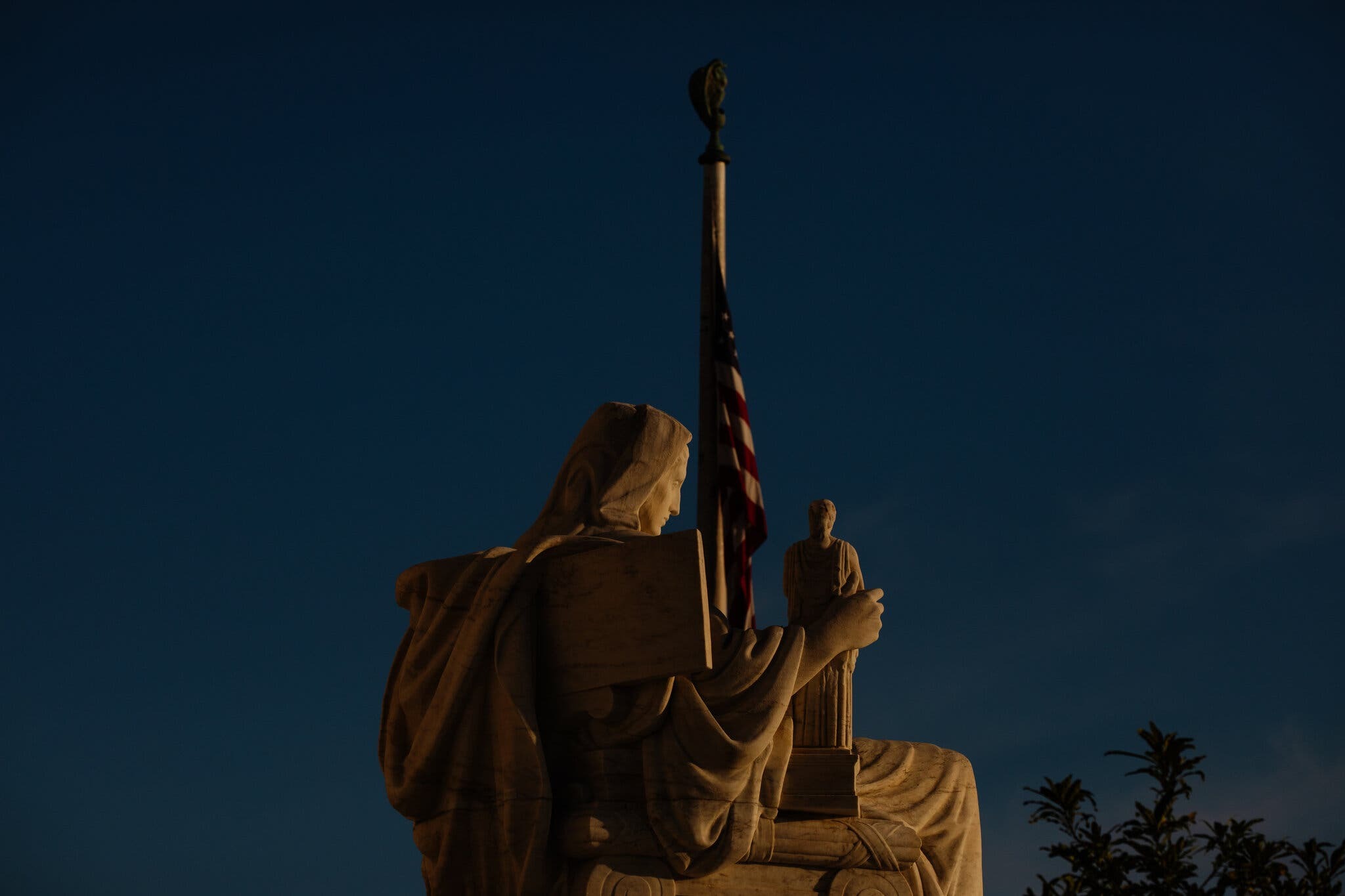
New York Times (Opinion)
Important Note: AllSides provides a separate media bias rating for the The New York Times news pages.
This page refers to The New York Times opinion page, including op-ed writers and the Editorial Board. The Editorial Board’s bias is weighted, and affects this bias rating by roughly 60%. Not all columnists for the New York Times display a left bias; we rate many individual writers separately (see end of this page). While there are some right-leaning opinion writers at the Times, overall the opinion page and Editorial Board has a strong Left bias. Our media bias rating takes into account both the overall bias of the source’s editorial board and the paper’s individual opinion page writers.
The First Amendment was written in the 18th century with the noble and vitally important goal of ensuring robust political debate and a free press. For much of American history, First Amendment cases involving speech typically concerned political dissenters, religious outcasts, intrepid journalists and others whose ability to express their views was threatened by a powerful and sometimes overbearing state. The First Amendment was a tool that helped the underdog.
But sometime in this century the judiciary lost the plot. Judges have transmuted a constitutional provision meant to protect unpopular opinion into an all-purpose tool of legislative nullification that now mostly protects corporate interests. Nearly any law that has to do with the movement of information can be attacked in the name of the First Amendment.











